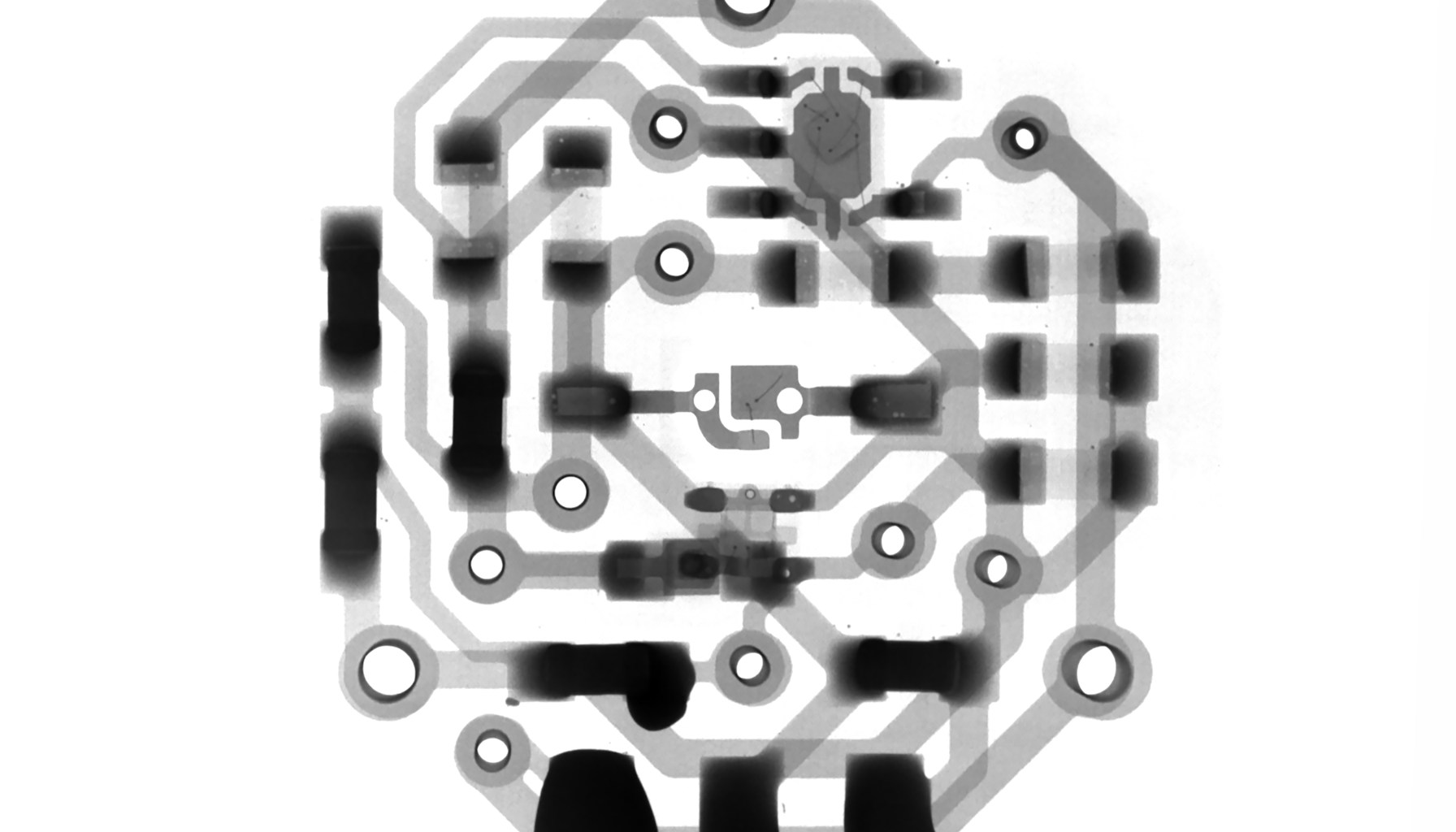GraphRAG: Revolutionizing Data Retrieval with Graph-Based AI
Published 2025-09-20 · AI Education | Creative AI

Imagine trying to solve a massive jigsaw puzzle without knowing what the final picture looks like. That's the challenge many face with data retrieval today. Enter GraphRAG, a cutting-edge approach that uses graph-based AI to piece together data like never before. But why should you care? As data complexity skyrockets, finding the right information quickly isn't just a luxury—it's a necessity. Let's dive into how GraphRAG is changing the game.
What is GraphRAG?
GraphRAG stands for Graph-based Retrieval-Augmented Generation. It's a novel approach that combines graph theory with AI to enhance data retrieval. While traditional methods often struggle with unstructured data, GraphRAG excels by connecting data points like a web. Recently, advancements in graph neural networks have made this approach more viable and efficient.
How It Works
Think of GraphRAG as a librarian who not only knows where every book is but also how they're related. It uses graph structures to map relationships between data points, making retrieval faster and more intuitive. For example, in a healthcare setting, it could link patient symptoms to potential diagnoses, streamlining the decision-making process.
Real-World Applications
GraphRAG is making waves in healthcare by improving diagnostic accuracy, in finance by detecting fraud through complex transaction networks, and in e-commerce by enhancing recommendation systems. Each application benefits from the ability to quickly and accurately connect related data points.
Benefits & Limitations
GraphRAG offers improved accuracy and speed in data retrieval, but it requires significant computational resources and expertise to implement. It's not ideal for small datasets or simple queries where traditional methods suffice. Consider the trade-offs in cost and complexity before diving in.
Latest Research & Trends
Recent papers highlight GraphRAG's potential in real-time applications, with companies like OpenAI exploring its use in dynamic environments. These developments suggest a growing interest in graph-based solutions for complex data challenges.
Visual
mermaid flowchart TD A[Data Point]-->B[Graph Node] B-->C[Related Node] C-->D[Retrieved Information]
Glossary
- GraphRAG: A method combining graph theory and AI for enhanced data retrieval.
- Graph Neural Networks: AI models that use graph structures to process data.
- Data Retrieval: The process of obtaining data from a database or other storage system.
- Unstructured Data: Information that doesn't have a pre-defined data model.
- Recommendation Systems: Algorithms that suggest products or content to users.
- Computational Resources: The hardware and software required to process data.
Citations
- https://openai.com/index/detecting-and-reducing-scheming-in-ai-models
- https://arxiv.org/abs/2006.09265
- https://www.deepmind.com/blog/graph-networks-for-learning-about-entities-relations-and-physics
- https://www.microsoft.com/en-us/research/blog/graph-based-machine-learning-at-scale/
- https://towardsdatascience.com/graph-neural-networks-explained-646606e3faf8
Comments
Loading…